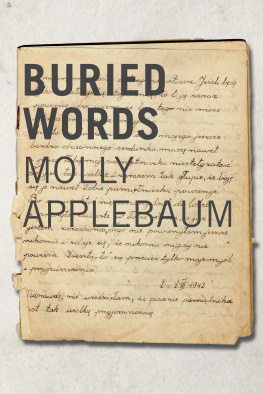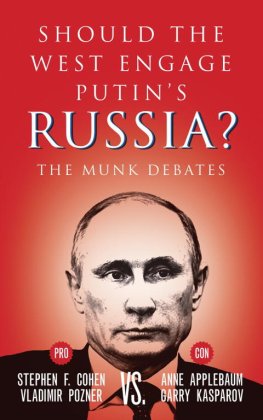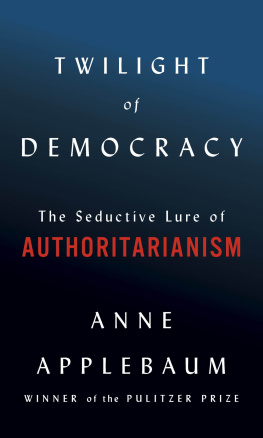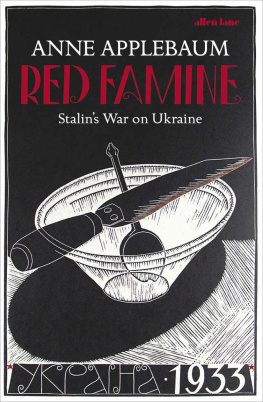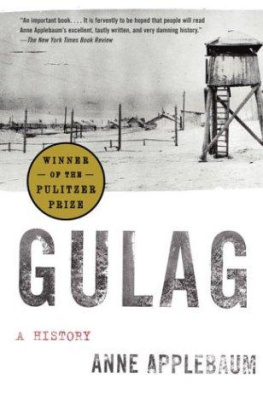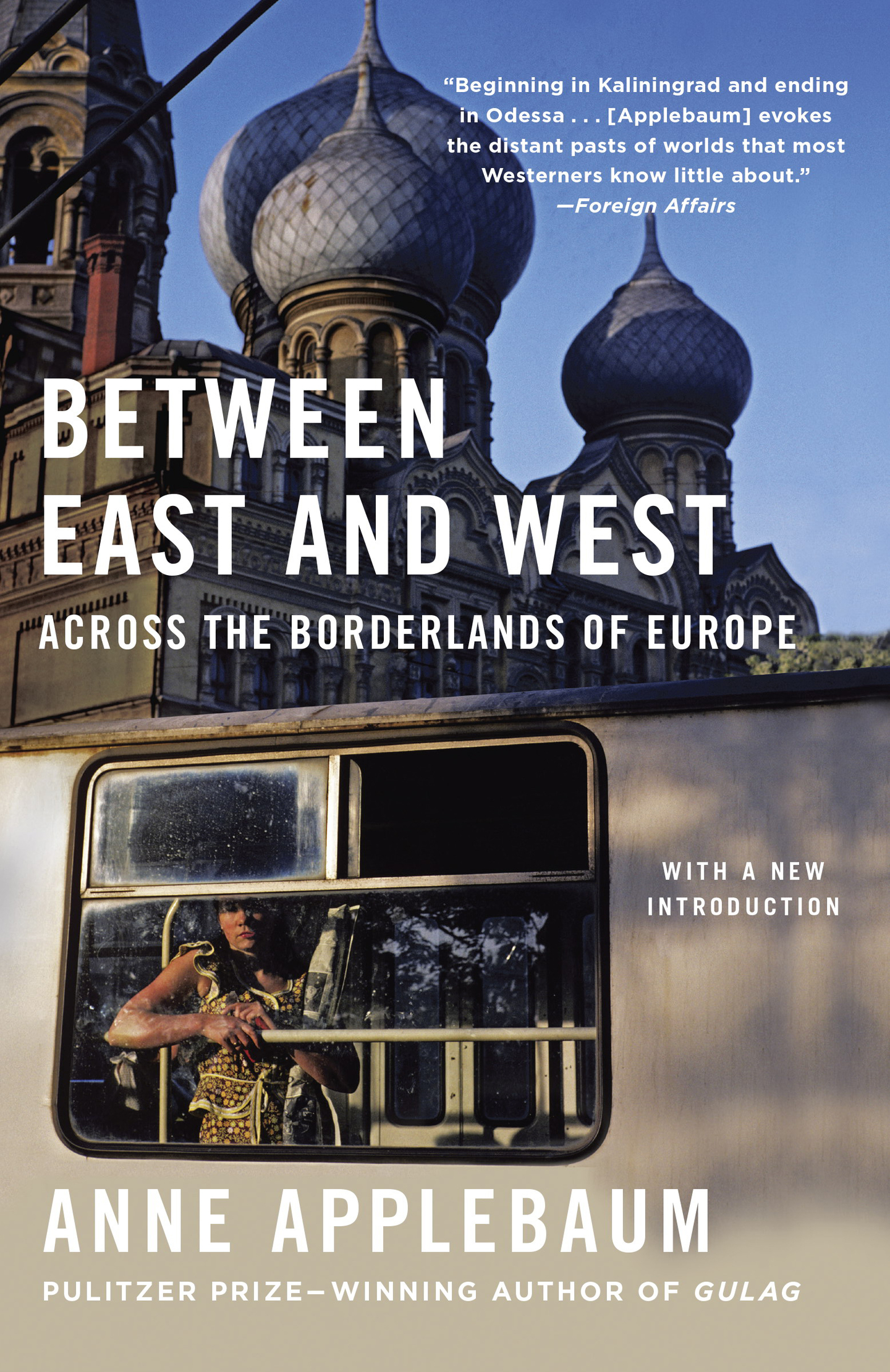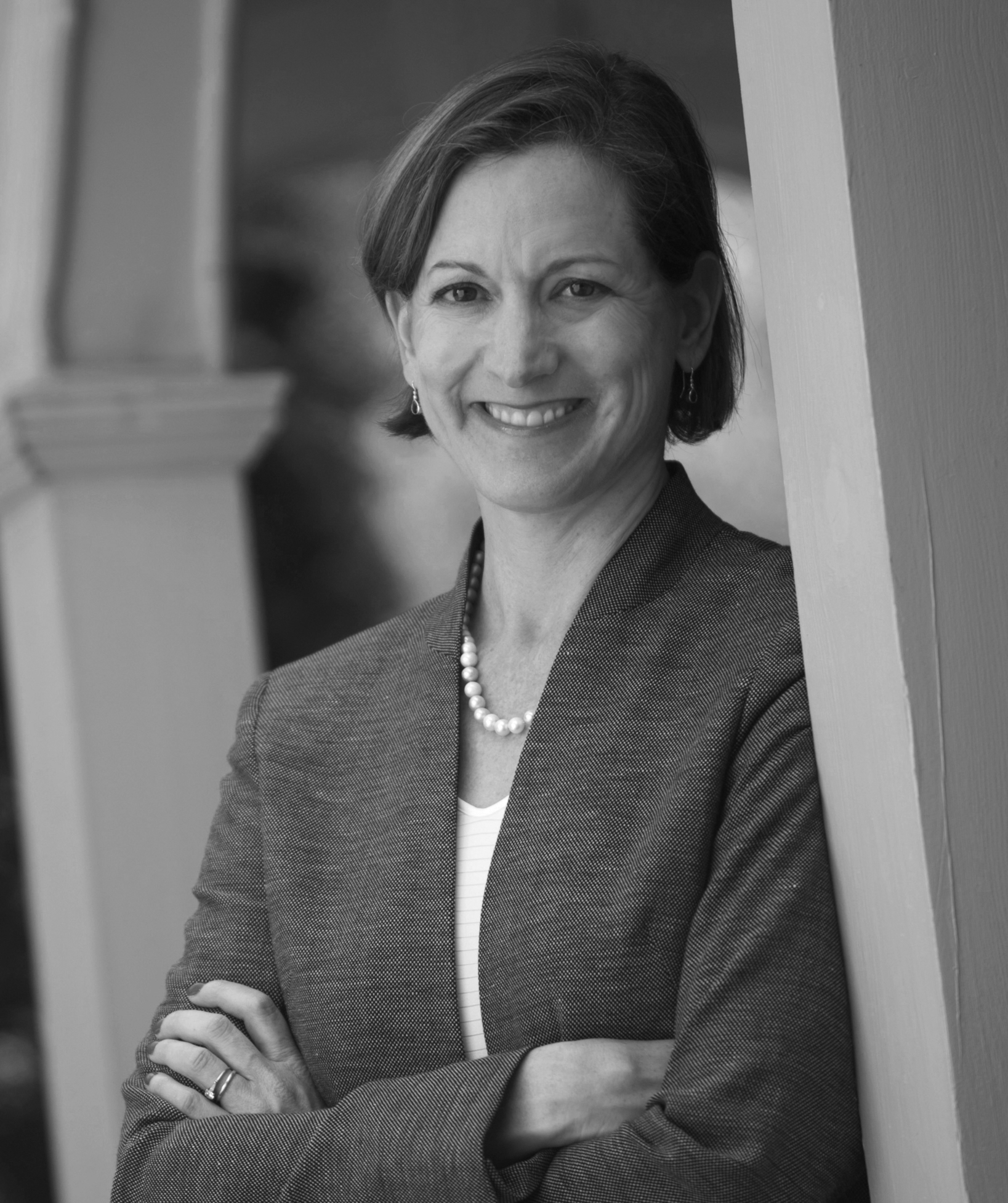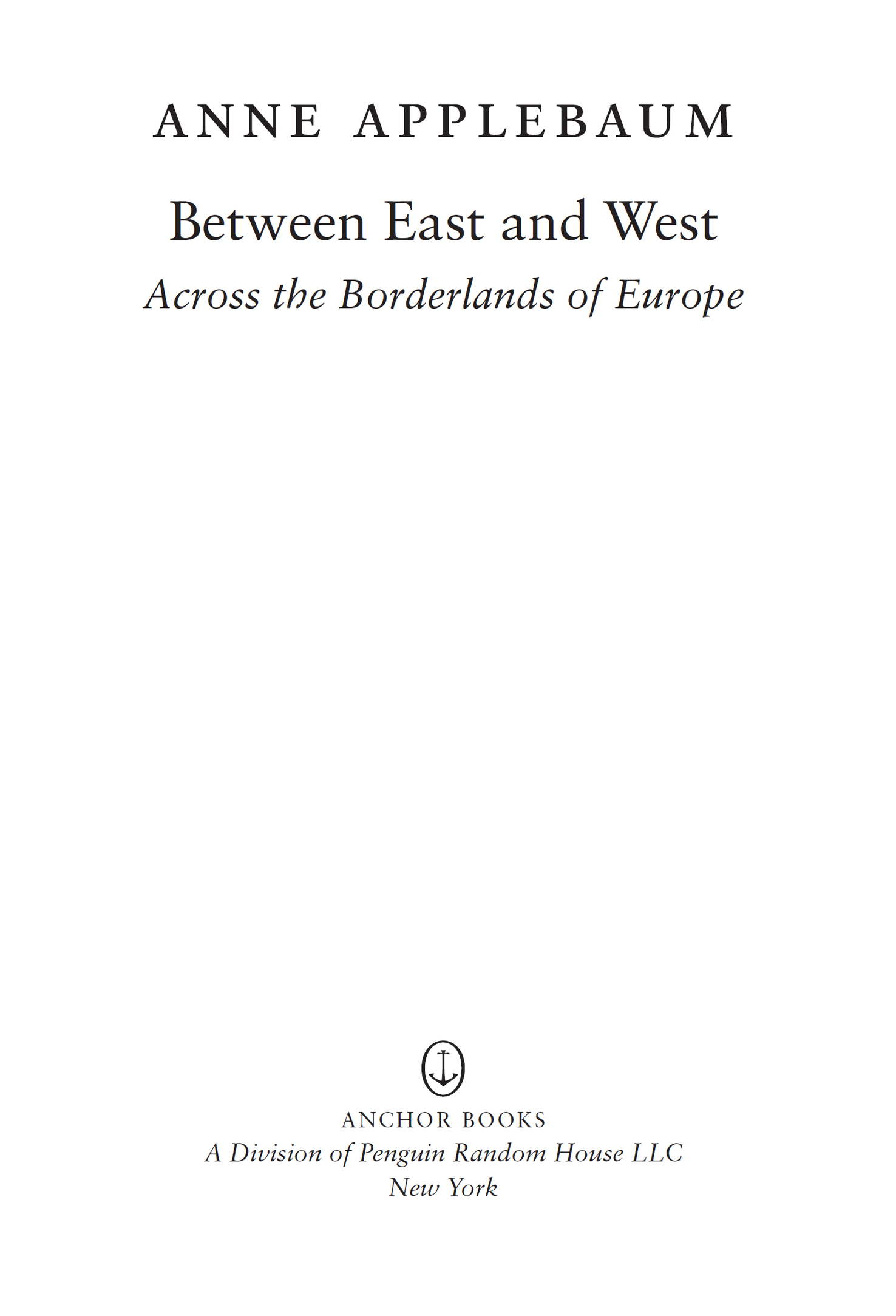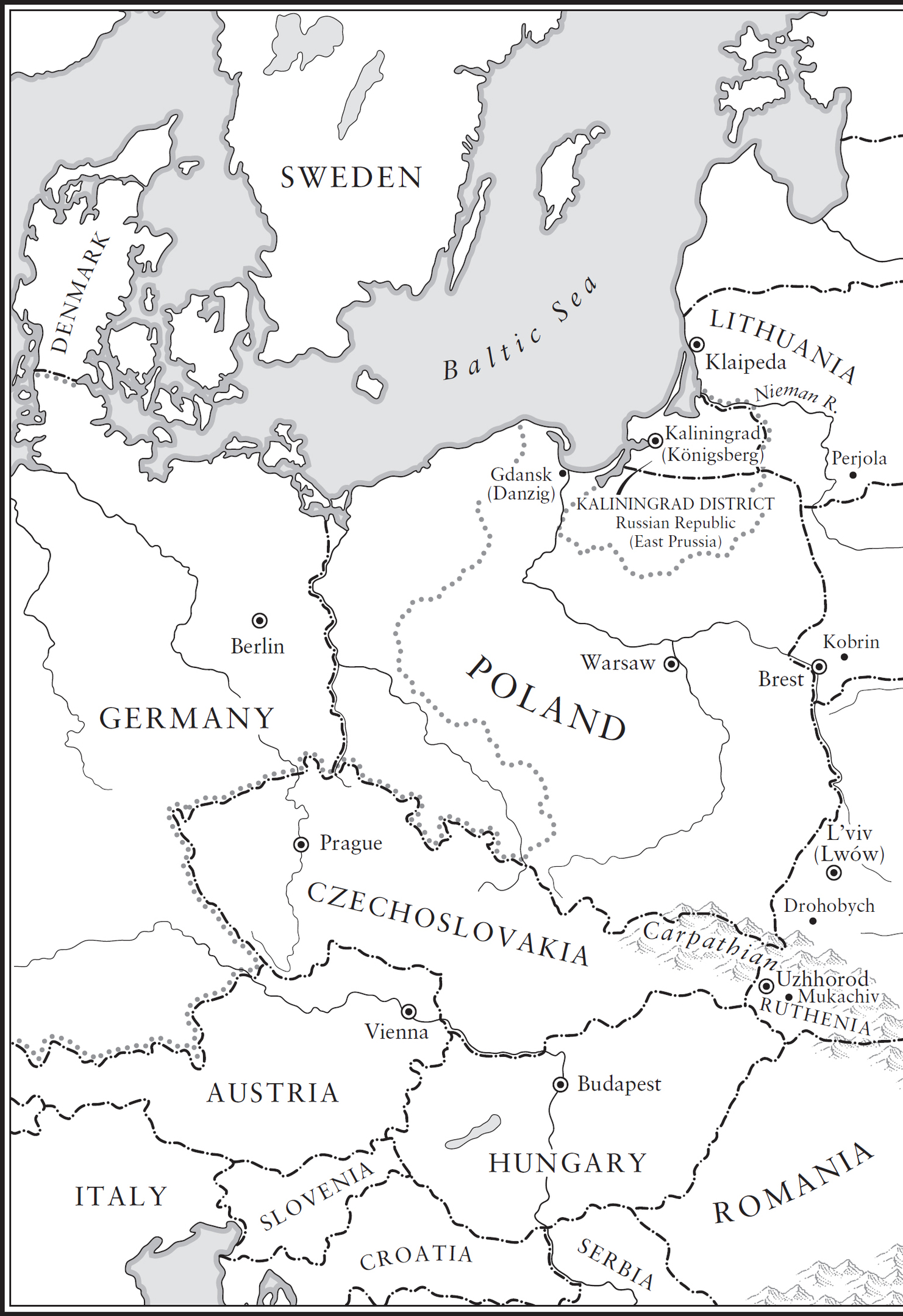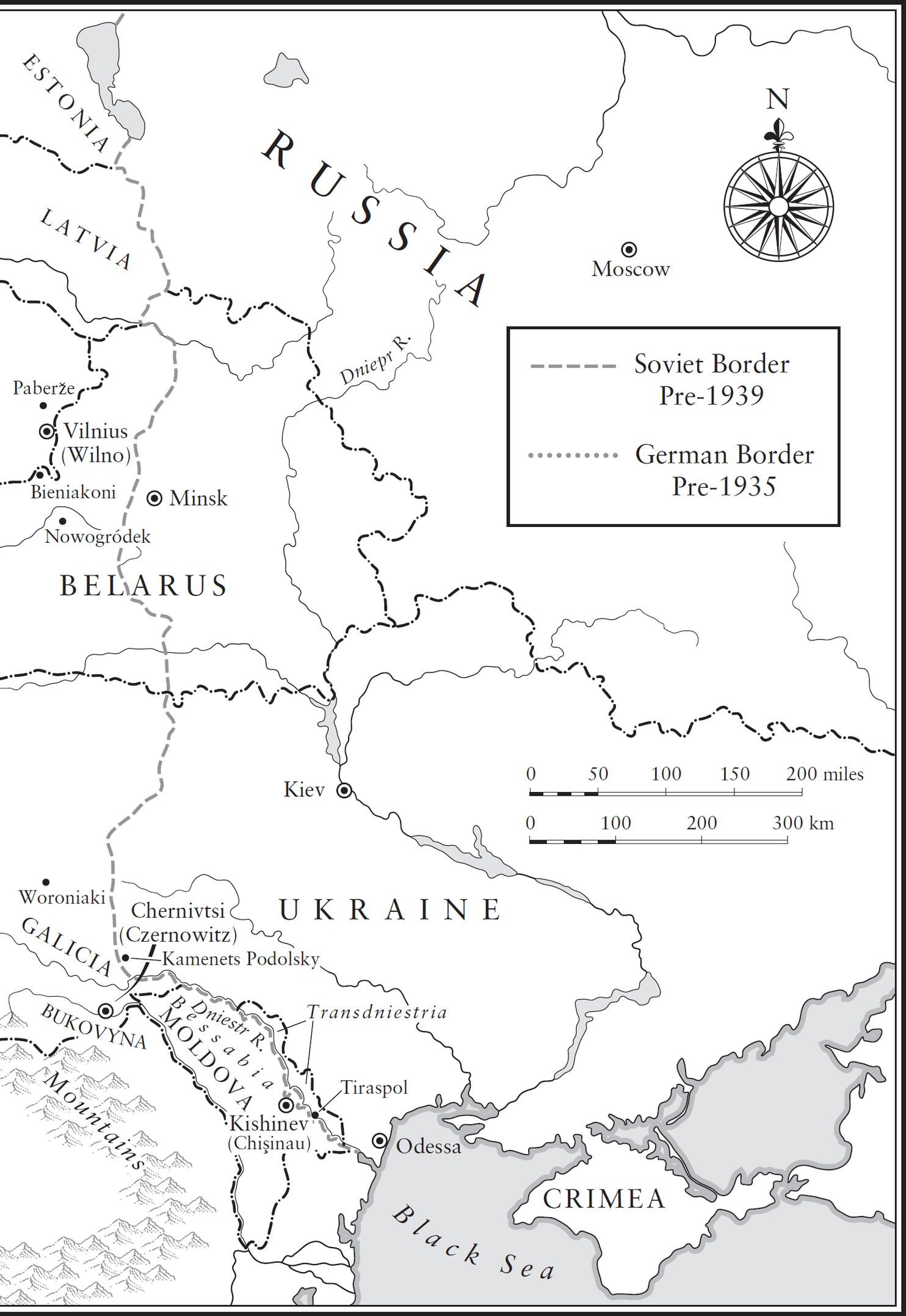Achieves both specificity and readability.
Ms. Applebaum offers us windows into the lives of the men and sometimes women who constructed the police states of Eastern Europe. She gives us a glimpse of those who resisted. But she also gives us a harrowing portrait of the restthe majority of Eastern Europes population, who, having been caught up in the continents conflicts time and time again, now found themselves pawns in a global one.
Applebaum wants to give flesh to a concept.
She is a terrific writer, rare among regional experts.Applebaum possesses an overarching vision of what occurred in Eastern Europe.
Her researches have led her radically to reappraise some of the most basic historical assumptions made in the West.
Applebaum [has the] ability to take a dense and complex subject, replete with communist acronyms and impenetrable jargon, and make it not only informative but enjoyableand even occasionally witty.
Anne Applebaum
Between East and West
Anne Applebaum is a columnist for The Washington Post and the author of several history books, including Gulag, which won the Pulitzer Prize for Nonfiction, and Iron Curtain, which was a National Book Award finalist. She is a former visiting professor at the London School of Economics, a former member of The Washington Post editorial board, a former deputy editor of The Spectator magazine, and a former Warsaw correspondent of The Economist. Her essays appear in The New York Review of Books, The New Republic, Foreign Policy, and Foreign Affairs.
www.anneapplebaum.com
ALSO BY ANNE APPLEBAUM
The Iron Curtain
Gulag
FIRST ANCHOR BOOKS EDITION, JUNE 2017
Copyright 1994, 2015 by Anne Applebaum
Map of Eastern Europe Anita Karl & James Kemp
Chapter-opening maps John Flower
All rights reserved. Published in the United States by Anchor Books, a division of Penguin Random House LLC, New York. Originally published in hardcover in the United States by Pantheon, a division of Penguin Random House LLC, New York, in 1994.
Anchor Books and colophon are registered trademarks of Penguin Random House LLC.
Grateful acknowledgement is made to following for permission to reprint previously published material: CCP/Belwin, Inc.: Excerpts from Theme from New York, New York, words by Fred Ebb, music by John Kander, copyright 1977 by United Artists Corporation c/o EMI Unart Catalog Inc. International copyright secured. Made in USA. All rights reserved. Worldwide print rights controlled by CCP/Belwin, Inc., Miami, FL. Used by permission. Farrar, Straus & Giroux, Inc.: Excerpts from Prussian Nights by Alexander Solzhenitsyn, translated by Robert Conquest, translation copyright 1977 by Robert Conquest. Reprinted by permission of Farrar, Straus & Giroux, Inc. Vera Rich: Excerpts from Song Out of Darkness by Taras Shevchenko, translated by Vera Rich, copyright 1961 by Vera Rich. Reprinted by permission of Vera Rich.
The Library of Congress has cataloged the Pantheon edition as follows:
Applebaum, Anne, 1964
Between East and West : across the borderlands of Europe / Anne Applebaum.
p. cm.
1. Europe, EasternDescription and travel. 2. Applebaum, Anne,
1964JourneysEurope, Eastern. I. Title.
DJK 19. A 66 1994 914.704dc20 94-5091 CIP
Anchor Books Trade Paperback ISBN9780525433187
Ebook ISBN9780525433194
Cover design by Joan Wong
Cover photograph Ian Berry/Magnum Photos
Author photograph James Kegley
www.anchorbooks.com
v4.1
a
For Radek
Contents
PART ONE
Germans
PART TWO
Poles and Lithuanians
PART THREE
Russians, Belarusians, and Ukrainians
PART FOUR
Island Cities
Introduction to the 2015 Edition
Between East and West was first published in 1994, and very soon after that it began to seem out of date. The book describes a journey I made from Kaliningrad to Odessa from the Baltic to the Black Sea, across the borderlands of Europe in the autumn of 1991, with a few scenes added from other trips in 1992. Almost immediately afterward, all of the places that I had visited plunged into an era of convulsive change. All of the people that I had met would have been profoundly affected.
The republics of Lithuania, Belarus, Ukraine, and Moldova, still part of the Soviet Union when I first visited, all became independent states. Longstanding institutions the Communist Party, the collective farms vanished or transformed themselves beyond recognition. New politicians replaced the old, and were themselves replaced in turn. More importantly, the strange state of suspended animation which I discovered in the early 1990s the sense that the Soviet empire had ended, but nothing else had yet replaced it was rudely overturned by the arrival of global culture, bitter political struggle, and revolutionary economic tumult. The meandering discussions of history and identity that seemed so important in 1991 or 1992 also began to feel irrelevant as the new states in the region took very different paths.
And yet if my descriptions of Lviv or Uzhgorod werent of much use to the analysts trying to understand the region five years later, twenty years later they have another kind of significance, not as journalism but as history. I myself have belatedly realized that to read


